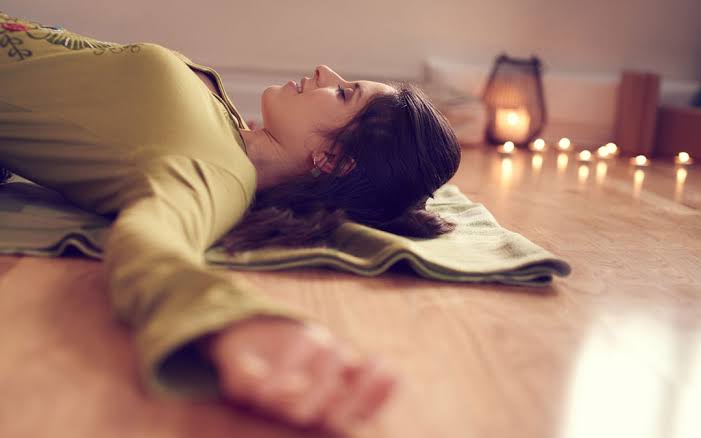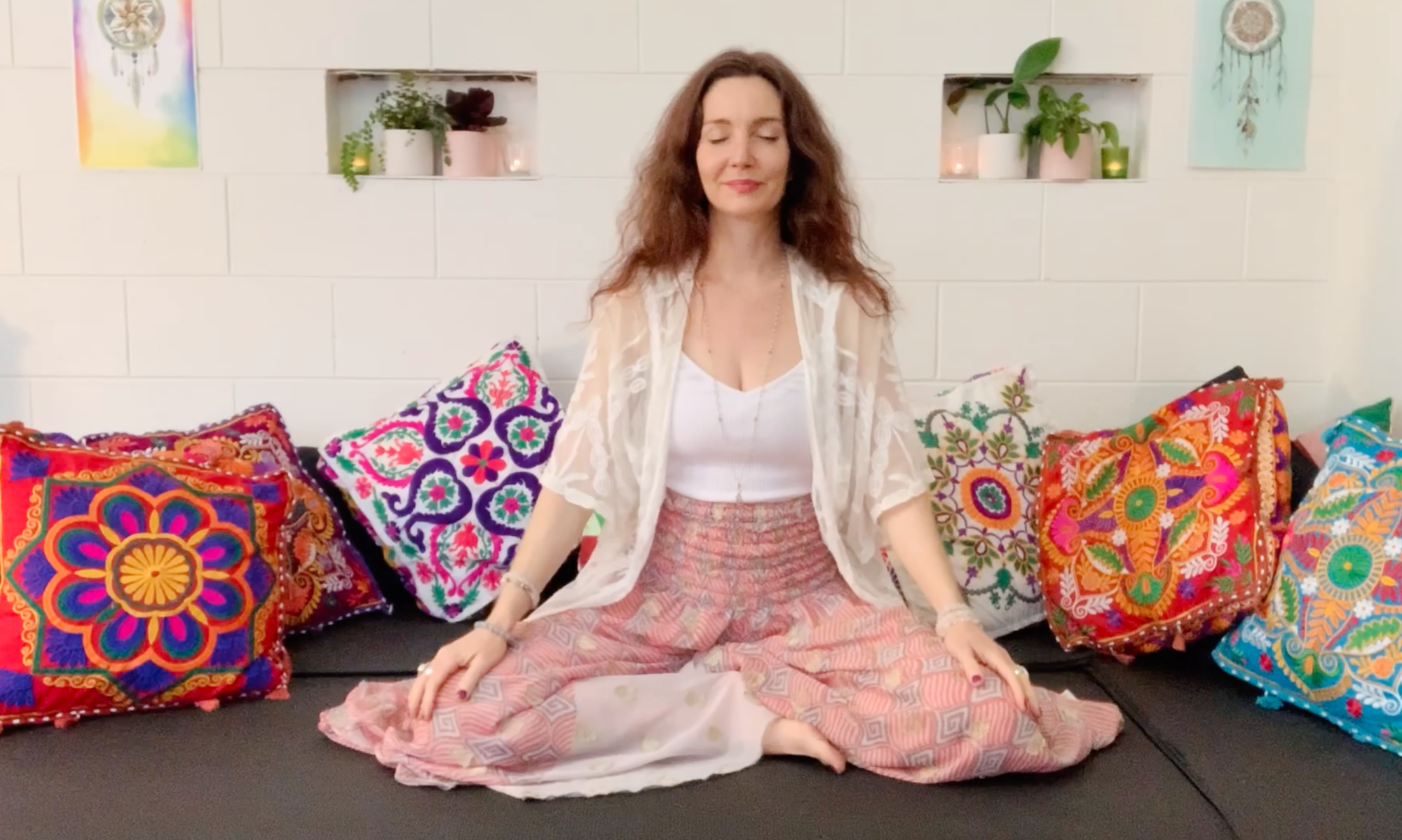
Restorative yoga is a gentle, supportive practice that can help promote deep relaxation and healing in the body and mind. With its focus on long holds, props, and deep breathing, it can be a great practice for individuals looking to reduce stress, promote well-being, and cultivate a sense of calm and balance in their lives.
Restorative yoga is a style of yoga that encourages physical, mental, and emotional relaxation. Appropriate for all levels, restorative yoga is practiced at a slow pace, focusing on long holds, stillness, and deep breathing.
Unlike more active yoga styles such as vinyasa or Bikram, you can expect to hold a pose for 5 minutes or more, only performing a handful of poses in one restorative yoga session.
Gentle, supportive, and therapeutic are just a few words that describe restorative yoga. At its core, restorative yoga is a practice of passive healing.
This yoga style is known for its ability to activate the parasympathetic nervous system. This is the “rest and digest” part of your nervous system that helps keep basic functions working as they should.
As the name suggests, this style of yoga “restores” the body to its parasympathetic nervous system function, which, in turn, helps the body rest, heal, and restore balance.
By allowing time for longer asanas (postures or poses) and deeper breathing, restorative yoga helps elicit the relaxation response. This response can help slow breathing, reduce blood pressure, and produce a feeling of calm and increased well-being.
A key feature in restorative yoga is the use of props such as blocks, bolsters, or blankets. The props help you hold passive poses for longer without exerting or tiring out your muscles. It also allows you to feel comfortable and supported, regardless of your experience with yoga.
And, since you’re encouraged to relax fully in the pose while focusing on your breath, restorative yoga allows you to release tension in your muscles for longer periods without discomfort.
Reach out to me with any questions or book a session here:

